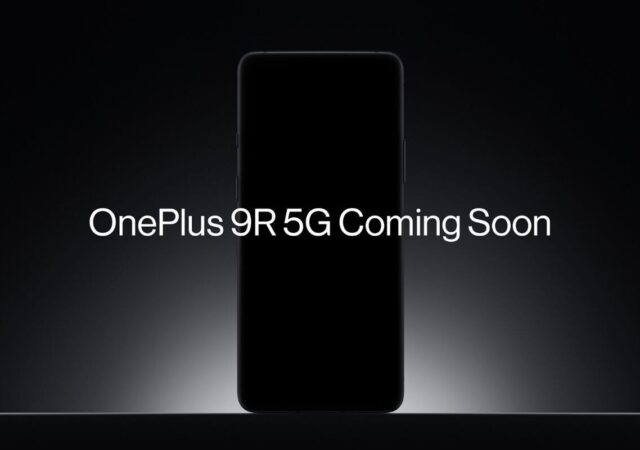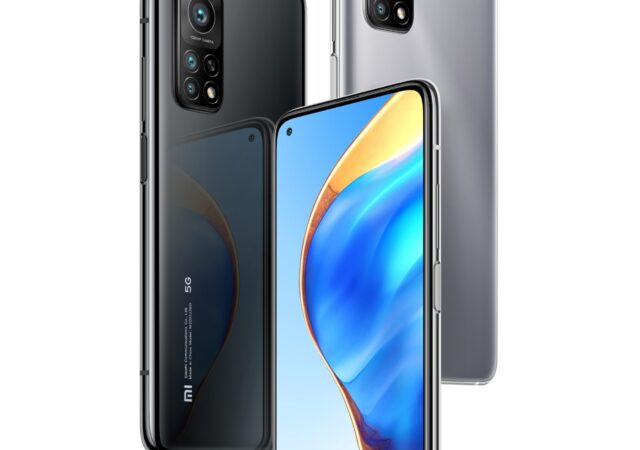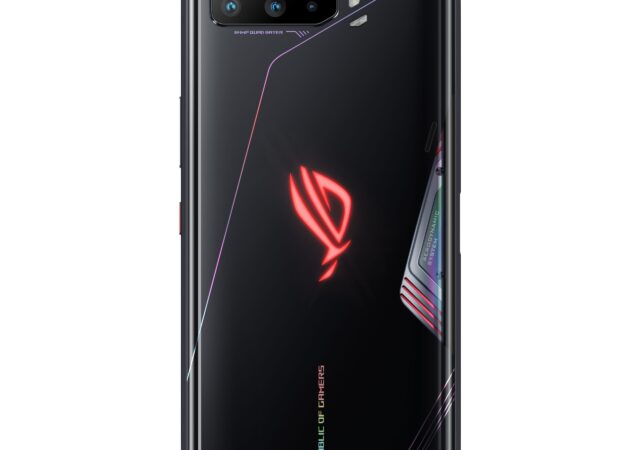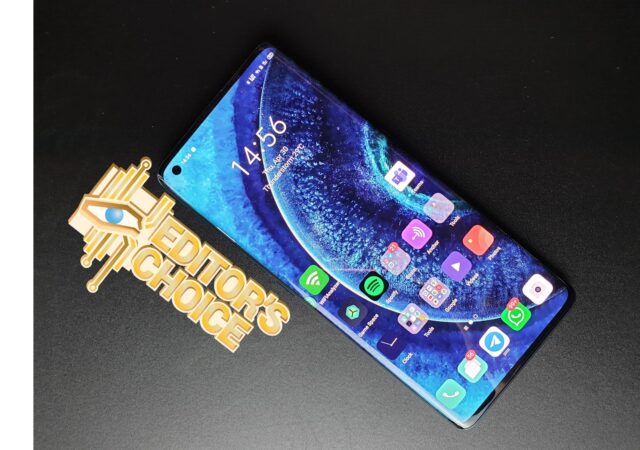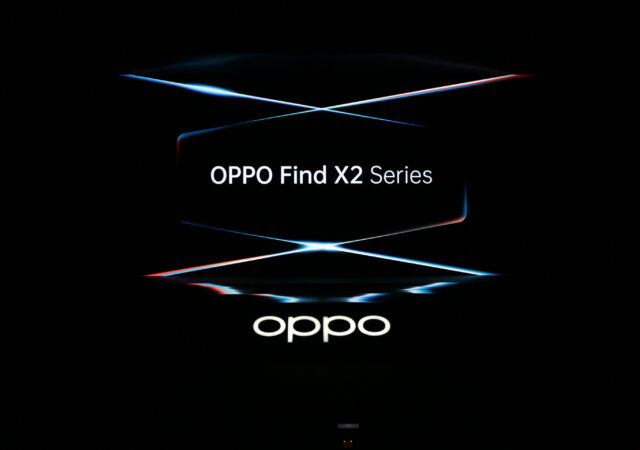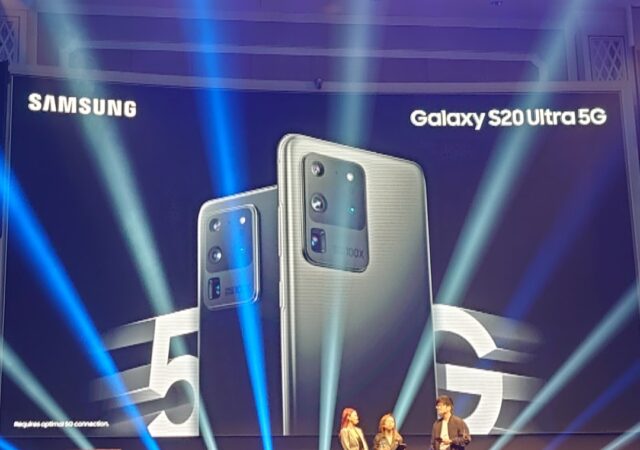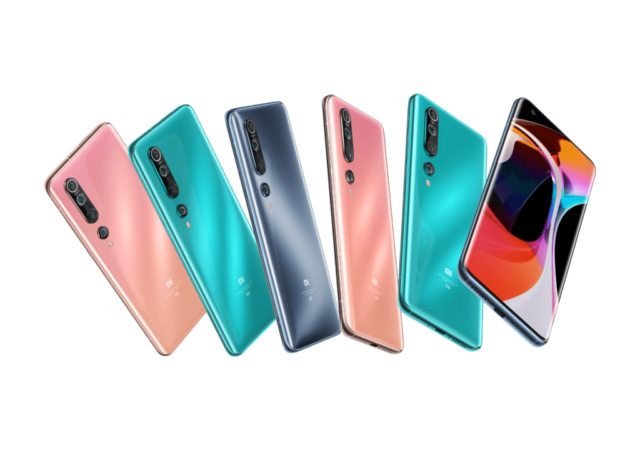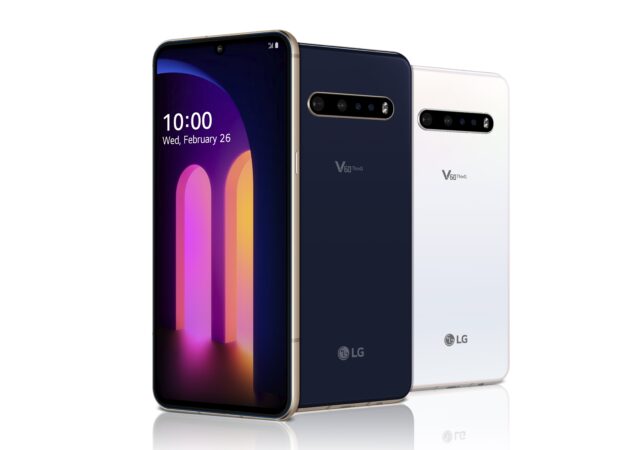OnePlus’ CEO confirms that OnePlus 9 series will get a budget mid-range variant of the OnePlus 9 in the form of the OnePlus 9R 5G.
[UPDATE] Xiaomi Launches the Mi 10T Series – The New Value for Money Kings are Here Starting from MYR 1,699!
Xiaomi launched their Mi 10T series! The new highly anticipated devices are more powerful than ever while retaining value.
The Samsung Galaxy S20 Fan Edition – The Better Value S20 Launched at MYR 3,399
The Samsung S20 Fan Edition is launched and is now available for Pre-orders until the 8th October 2020 for MYR 3,399!
ASUS ROG Phone 3 Launched – Third Time’s the Charm
ASUS Launched th ROG Phone 3 with Qualcomm Snapdragon 865+ SoC. The ROG Phone 3 is currently the most powerful gaming smartphone in the world.
The OPPO Find X2 In-Depth Review – Ticking All the Right Boxes
The OPPO Find X2 is a fine flagship smartphone that ticks all the right boxes in the flagship segment for MYR 3,999. Is it worth it though?
Motorola Announces A New Flagship: the Motorola Edge+
Motorola re-enters the flagship market after an extended time away with the new, power-packed Motorola Edge+ and Motorola Edge.
OPPO Find X2 Series Global Launch – Replacing An Icon
OPPO has unveiled their flagship replacement, the OPPO Find X2 series. The OPPO Find X2 packs flagship hardware with some really innovative camera and display technologies.
Samsung Galaxy S20 Series Hits the Malaysian Market on 6 March 2020
The Samsung Galaxy S20 series was officially unveiled in San Francisco on 10 March 2020. At the event, Samsung unveiled 3 new devices spearheaded by the Galaxy S20 Ultra which brings a whole lot of new features including an 108-megapixel…
Xiaomi Mi 10 Series Breaking The Norms Of High End Phones
Xiaomi Mi 10 Series is selling out. The Xiaomi Mi 10 series packs the latest Qualcomm Snapdragon 865 processor.
LG V60 ThinQ 5G Debuts With Dual Display!
LG releases its new V Series phone, the V60 ThinQ that runs on Snapdragon 865 and has a double display which you can fold and detatch.



